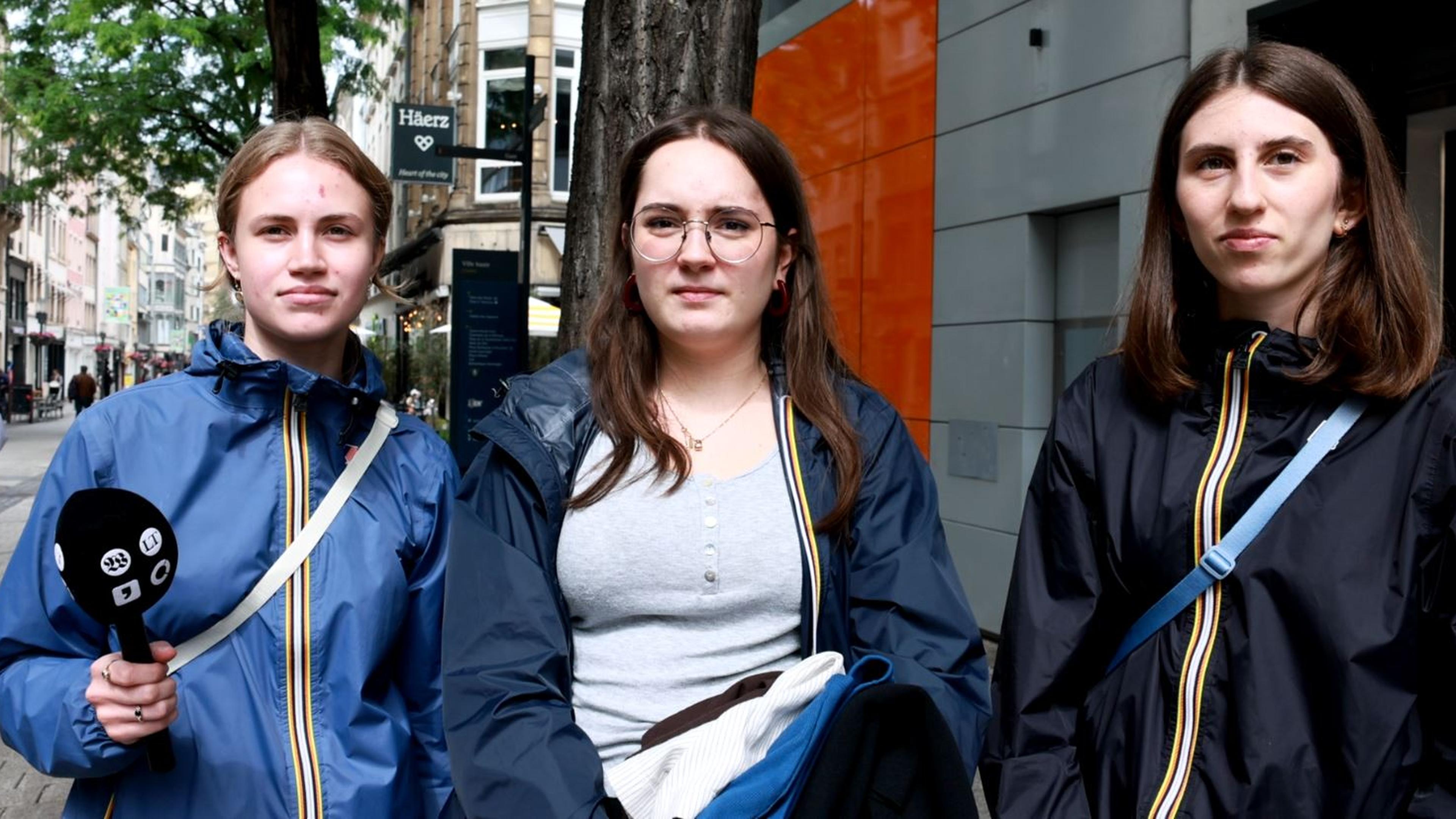When the Luxembourgers spoke differently: Alain Attens great work

The enormous crowd in the National Library on this evening was also an expression of the recognition and sympathy for the Luxembourg « Sprroochmates » Alain, said Alexandre Ecker, director of the Zenter Fir d'lëtzebuerger Sprrooch, who on Wednesday in the BNL for the presentation of a new work by the historian and linguist Alain Atten and geographer Claude Schmit welcomed.
« Millermoler », « Pimpampel » or « Paiperleck »? « Kuuscht », « Knaus » or « Bootsch »? « Kéisiker », « Däreldéier » or « Därenijel »? « Brëtellen » or « Gaalgen »? How did the Luxemburger, the Luxembourgian around 1900? Which variants for a term from everyday life or nature, a common verb or adjective were there? What words did people use for what they used every day – from butter barrel to the braces?
The second part of Alain Attens Lebenswerk: According to Volume 1 in 2023, Volume 2 of the « Lëtzebuerger Sproochatlas 1900 » follows and now the « Wuertatlas ». Photo: Marc Wilwert
Exactly this was dedicated to Alain for decades and was literally obsessed with this task. In the 1960s and 1970s, he walked through the country on foot to question the last contemporary witnesses of an almost forgotten language world- people who were born before 1900 and therefore also used words that are rarely used today, but also named things very differently than we do today.
Alain did not listen at the time, but 289 times « Äppelbrot » (in Gutland), 71 times « Äppelmous » (in the Ettelbrück), 69 times « Äppeldompes » (on the Moselle) and 53 times « Äppelschreieres » (on the sour). He noted these variants in his files, mind you in phonetic language, and gave each variant their exact local references.
A life's work
What Alain collected at the time and not only kept in his drawers for years, but also hoarded in a phenomenal memory, now became his life's work, the « Lëtzebuerger Sprroochatlas 1900 ». Atten drew cards in which he noted the wording and words in detail and which, thanks to the with the help of the Zënter Fir d'lëtzebuerer Sprrooch and also thanks to the support of the Institut Grand-Ducal-Section Linguistique, Ethnology et Onomentique into the « Lëtzebuerger Sprroochtlas 1900 ». In addition to Alain Atten and Claude Schmit, the linguist Sara Martin from the Zenter Fir d'lëtzebuerger Sprrooch also played a key role in this work, while the draftsman Patrick Hallé illustrated the Atlas.
Full of conference hall in the National Library: 220 listeners had gathered there on Wednesday to be part of the book presentation. Photo: Marc Wilwert
The « Wuertatlas » came out on Wednesday, which « according to A Formmenatlas » appeared in 2023. The difference between the two? While the first volume treats 568 words in different forms of expression, the second volume contains 226 terms in different words that were available in Luxembourg in 1900 for these terms.
The reader, who has the new 4.5 kilogram DIN-A3-sized Atlas, realizes that Luxembourg had a rich, yes, often very floral language. The maps have the boundaries between the individual forms of words, where you can also see where Germania and Romania, the two large language spaces in Europe, meet.
The hornets – « Eng Runn », « Eng Päärdsvespers »
For example, the middle alzette very often forms a boundary between different phrases. The urban area, but especially the northern tip, also have different words for the same term.
« The decay of the language hurts me »
An example: the hornet. The dreaded insect was called « Runn » around 1900 by Esch/Alzette to speaking. Along the banks of the Moselle it was « tight nainaangel », just behind the vineyards, a little west of the Moselle, but « narrow bless ». In the city of Luxembourg, “Kinnek” was said to the east of the city of Luxembourg to the Echternach “Hujel” area. On the eastern northern tip of the Sauer and Our along the hornet was called « Husch », in the western northern tip around Wiltz « Drocun » and the country « Päärdsvesper ». It is noticeable: « Päärdsvespers » and « Nainaangel » were geographically and orthographically far apart, but again very close. At that time it was believed that nine stitches of a hornet needed to kill a horse.
The Atlas costs 75 euros and is available in all bookstores. Photo: Marc Wilwert
Words are certainly more than just communication – they have an incredible number of stories. And every word also tells of earlier times, of people who used it, and about changes that language has undergone for centuries. The word archivist Alain followed exactly these linguistic traces. Today, at the age of 87, he looks back on an impressive life's work – and also for a valuable treasure of language history. His Atlas keeps the language and may also encourage old words to use old words.







